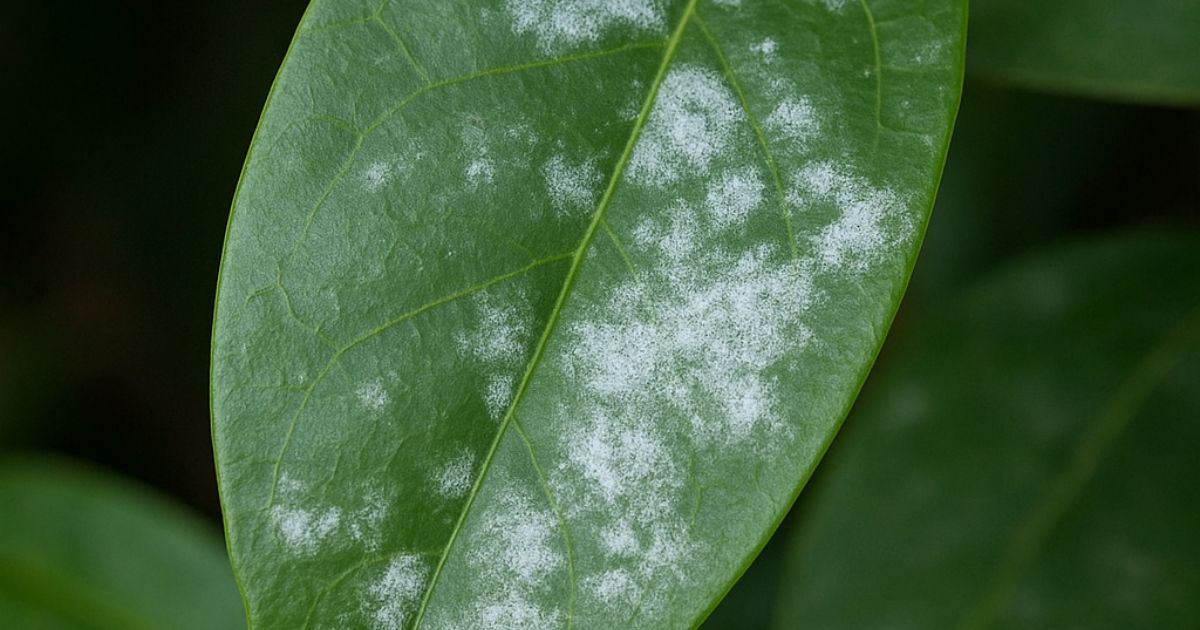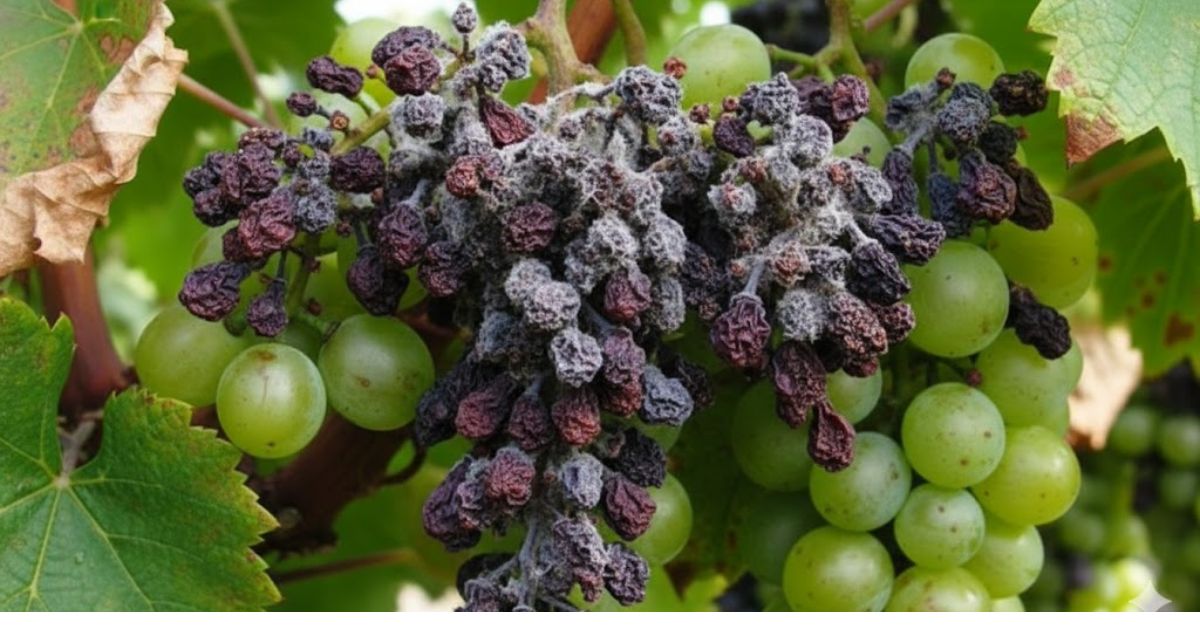Noticing white patches on your plants’ leaves can be worrying, especially when you’ve been caring for them diligently. These white spots aren’t just a cosmetic issue; they can signal deeper problems affecting your plant’s health. From fungal infections like powdery mildew to pest infestations, mineral buildup, or even nutrient deficiencies, several factors can cause these unsightly patches to appear.
Recognizing the underlying problem is the first step in restoring your plant’s health and preventing further damage. In this guide, we’ll explore the common causes of white patches on leaves, how to treat them effectively, and simple prevention tips to keep your plants lush, green, and thriving year-round.Whether you’re a beginner gardener or a seasoned plant enthusiast, this article will help you identify the issue quickly and take the right action to protect your plants.
What Do White Patches on Leaves Mean?
White patches on plant leaves are often a clear sign that something is wrong with the plant’s environment or health. These spots can appear as powdery coatings, cotton-like clusters, or chalky residues, depending on the cause. While they might look harmless at first, white patches can interfere with photosynthesis, powdery white mildew on plants nutrient absorption, and overall growth, eventually weakening the plant if left untreated.
In most cases, white patches indicate one of the following issues:
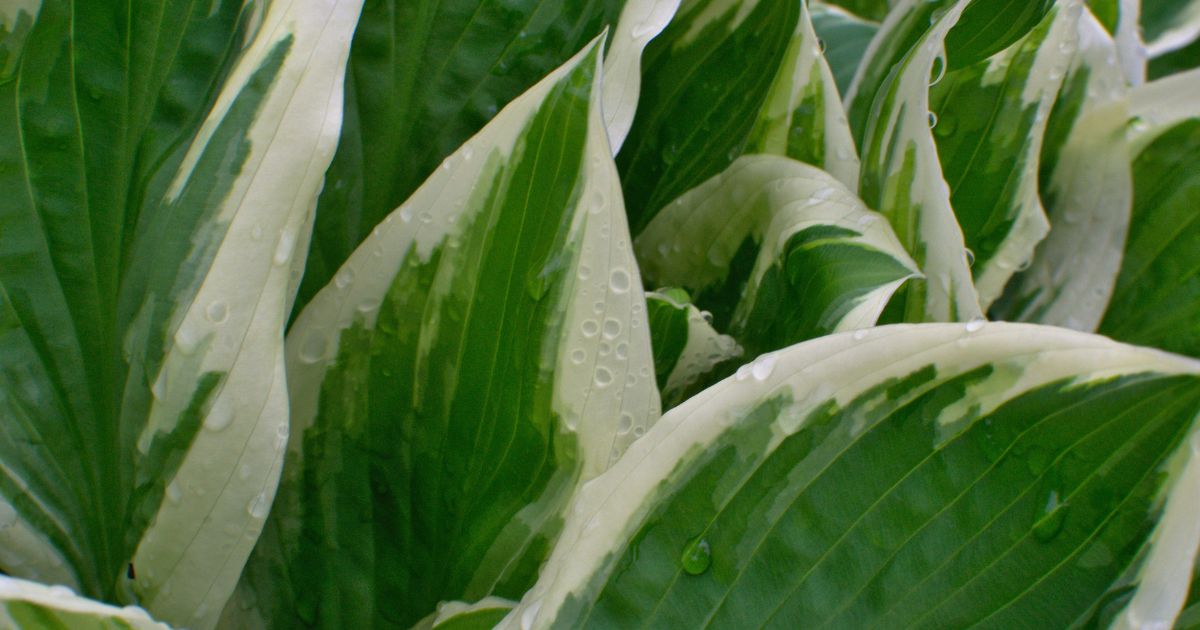
- Fungal infections such as powdery mildew thrive in warm, humid conditions and spread quickly.
- Pest infestations, especially mealybugs or whiteflies, that suck plant sap and leave behind a white, waxy residue.
- Mineral deposits from hard water or fertilizers, Small White Spots on Leaves which leave chalky spots after the water evaporates.
- Sunburn or leaf scorch occurs when overexposure to sunlight damages leaf tissues, turning them pale or silvery white.
- Nutrient imbalances, especially deficiencies in essential minerals like magnesium or calcium.
Recognizing what kind of white patch you’re dealing with is crucial. A powdery film that wipes off easily may indicate fungal problems, while sticky or cottony residue often suggests pest activity. On the other hand, dry, crusty spots may suggest mineral buildup from watering.By observing the texture, pattern, and spread of the white patches, you can narrow down the cause and apply the proper treatment before the problem spreads to other plants.
Common Causes of White Patches on Leaves
White patches on Powdery mildew on leaves can stem from several underlying issues, including fungal diseases, pest infestations, and environmental or nutrient-related problems. Applying the correct answer requires pinpointing the precise reason. Below are the most common culprits behind those mysterious white spots:
Powdery Mildew
One of the most common causes of white patches is powdery mildew, a fungal disease that affects a variety of plants, including roses, cucumbers, tomatoes, and zucchinis.It appears as a white, How to Identify Fungi That Grows on Trees powder-like coating on leaves, stems, and even buds. Over time, infected leaves may turn yellow, curl, and eventually fall off.
Why does it happen:
- High humidity and poor air circulation
- Overcrowded plants or shaded conditions
- Watering from above, keeping foliage damp
Quick Fix:
Prune affected areas, improve air circulation, and apply a natural fungicide like neem oil or a baking soda solution.
Mealybugs and Other Sap-Sucking Insects
Pests such as mealybugs, whiteflies, and scale insects can also cause white patches. Mealybugs, in particular, leave behind cottony white clusters on stems and the underside of leaves. These pests feed on plant sap, weakening the plant and producing honeydew, a sticky residue, which can lead to sooty mold.
Why does it happen:
- Warm indoor environments
- Overfertilization leads to soft, pest-attracting growth.
- Lack of natural predators
Hard Water or Mineral Deposits
Sometimes, the white patches aren’t biological at all they’re caused by mineral deposits left behind when hard water evaporates from the leaf surface. These spots are typically What Causes White Spots on Tomato Leaves chalky and dry and don’t spread like Fungal infections in plants infections.
Why does it happen:
- Frequent misting or overhead watering
- High mineral content in tap water
Sunscald or Leaf Burn
Excessive sunlight, especially after watering, can cause white or silvery Mealybugs on leaves patches, a condition known as sunscald. The droplets act like tiny magnifying glasses, burning the leaf tissue.
Why does it happen:
- Sudden exposure to intense sunlight
- Watering during the hottest part of the day
Quick Fix:
Water plants early in the morning or late afternoon and gradually acclimate indoor plants to outdoor sunlight.
Nutrient Deficiencies
Plants that lack essential nutrients, such as magnesium, calcium, or iron, may develop a pale or whitish discoloration. These deficiencies often start at the edges or between How to Fix Your Grass veins before spreading across the leaf surface.
Why does it happen:
- Poor soil quality
- Imbalanced fertilizer use
- pH levels preventing nutrient absorption
Quick Fix:
Test your soil and supplement with a balanced fertilizer or specific nutrient solution based on the deficiency.
Each of these causes requires a different approach, so careful observation is essential. By identifying the right cause early, you can take targeted action to protect your plants from further damage and restore their natural green glow.
How to Treat White Patches on Plant Leaves
Treating white patches on leaves starts with determining the root cause and implementing the proper treatment. Quicker treatment is essential to stop the problem from spreading to other plants. Remove the severely affected leaves, and use a DIY fungicide by mixing 1 liter of water with 1/2 teaspoon of baking soda and 1 teaspoon of liquid soap if powdery mildew is the issue. Repeat every few days until the patches disappear. You can also use neem oil, Grape Vine Disease Identification with Pictures Common Problems which works well against both fungal diseases and pests.For pest infestations like mealybugs or whiteflies, wipe affected leaves with a cotton pad dipped in rubbing alcohol to kill insects on contact. To stop re-infestation, use horticultural oil or insecticidal soap thereafter.
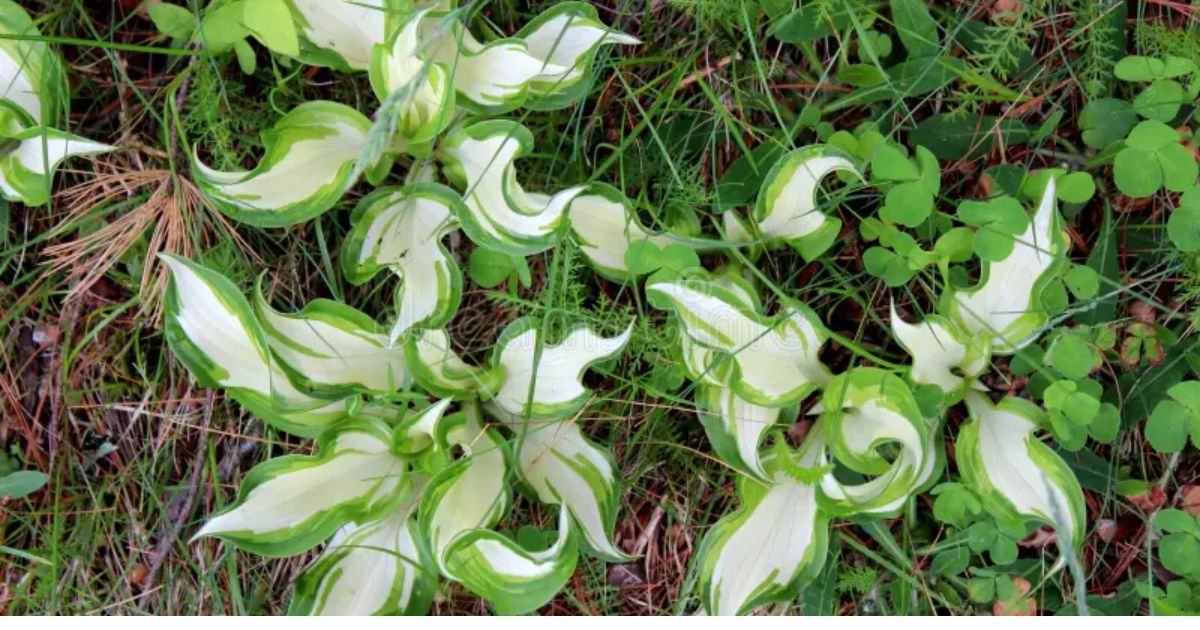
If mineral deposits are causing the white patches, use a moist cloth to clean the leaves, then switch to filtered or distilled water. For nutrient-related issues, feed the plant a balanced fertilizer and check soil pH to improve nutrient uptake.Finally, always prune infected parts, sterilize your tools, and maintain good airflow around plants to prevent recurrence. Consistent monitoring and early intervention are the best ways to keep your plants healthy and spotless.
How to Get Rid of Fungus on Plants
Fungal infections are among the most common plant problems, but with proper care, they’re easy to control. The first step is to remove. To prevent the fungus from proliferating, eliminate any contaminated leaves, stems, or blossoms. Always dispose of them, don’t compost them, as fungal spores can survive and reinfect your garden.Next, treat the affected plants with a natural antifungal spray. A simple solution of 1 tablespoon of baking soda, one teaspoon of mild soap, and 1 liter of water can effectively control fungal growth. Spray it on the leaves every few days until symptoms fade. Alternatively, neem oil works as both a fungicide and insect repellent, making it ideal for organic gardening.
Increase air circulation by appropriately spacing plants and avoiding overhead watering, which keeps leaves too moist. Water at the base of the plant instead. For persistent or severe infections, consider using a garden-safe fungicide. With regular care and quick action, you can eliminate fungus and keep your plants thriving year-round.
How to Prevent Powdery Mildew
Preventing powdery mildew is far easier than treating it once it appears. This common fungal disease thrives in warm, humid conditions with poor air circulation, so managing the environment is key.
Provide Adequate Airflow:
Space plants properly to ensure good ventilation. Prune overcrowded branches and leaves to allow air to circulate freely around the plant.
Water Correctly:
Avoid overhead watering, which keeps White leaf discoloration damp and encourages fungal growth. Water the base of the plant early in the morning so any moisture on the leaves dries quickly.
Choose Resistant Varieties:
When planting new crops or ornamental plants, look for powdery mildew-resistant varieties.
Maintain Plant Health:
Healthy plants are less susceptible to infections. Use balanced fertilizers, keep the soil well-drained, and remove any debris that may harbor fungal spores.
Use Preventive Sprays:
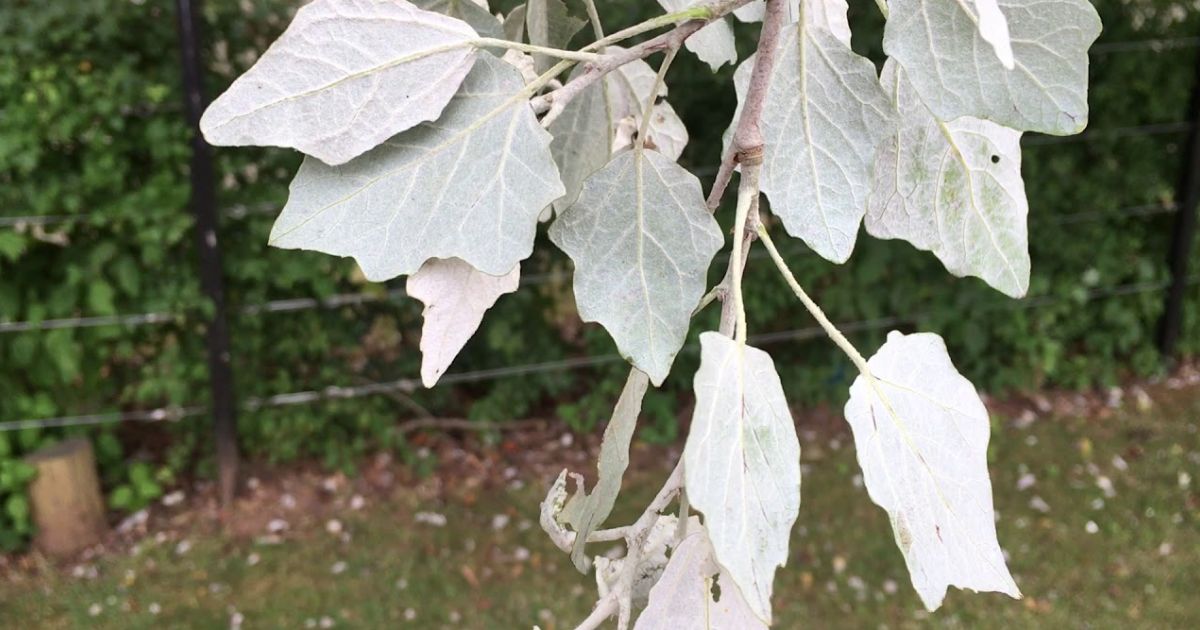
Natural cures, such as a baking soda solution or neem oil spray, can be applied every few weeks during high-risk periods to prevent the fungus from taking hold.
By combining proper plant care with preventive measures, you can prevent powdery mildew and preserve robust, healthy, and green foliage.
Conclusion
White patches on plant leaves may seem minor at first, but they’re often a sign that your plants are under stress, whether from fungus, pests, mineral deposits, or nutrient deficiencies. By identifying the exact cause early, you can take quick, effective action to restore your plant’s health. Regular monitoring, proper watering techniques, and maintaining good airflow go a long way in preventing these problems from reappearing.
Remember, prevention is always easier than a cure. Keep your plants well-spaced, avoid overwatering, and inspect them regularly for any unusual changes. Natural treatments like neem oil or baking soda spray are great for minor issues, but don’t hesitate to seek professional help if the problem worsens. If you give your plants regular care and attention, they will remain vibrant, healthy, and free from those troublesome white patches.
FAQ
Are white patches on leaves always caused by fungus?
No, not always. While fungal infections like powdery mildew are a common cause, white patches can also result from pests, hard water deposits, nutrient deficiencies, or even sunscald. Identifying the texture and location of the patches helps determine the cause.
Can I safely wipe off white spots from leaves?
Yes, in many cases you can. Clean the leaves with a gentle, moist cloth. Gently. If the white spots are from mineral buildup or pests, wiping helps remove them. However, if it’s fungal, brushing alone won’t solve the problem; you’ll need to apply a fungicide or natural remedy afterward.
Is powdery mildew harmful to humans or pets?
No, powdery mildew isn’t harmful to humans or pets, but it can severely weaken your plants. It’s best to handle infected leaves carefully and, after gardening, wash your hands to prevent the spread of disease to healthy plants.
What’s the fastest way to get rid of white patches naturally?
A simple baking-soda spray or a neem oil solution works well for most fungal and pest-related white patches. Mix one tablespoon of baking soda. Spray once a week using a few drops of liquid soap in one liter of water. Until the problem clears up.
How can I stop white patches from coming back?
Prevention is key. Ensure good air circulation, avoid overhead watering, use filtered water, and regularly inspect your plants for early signs of disease or pests. Keeping your garden clean and well-ventilated is the best defense against recurring white patches.


